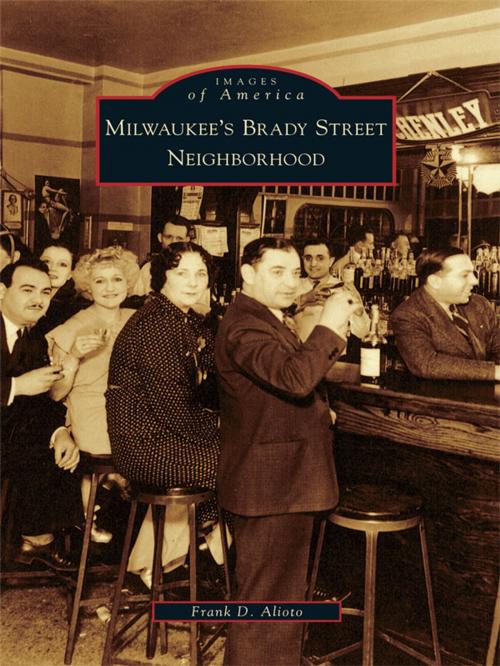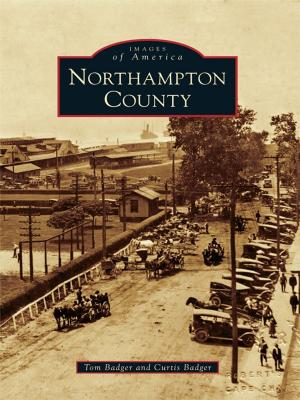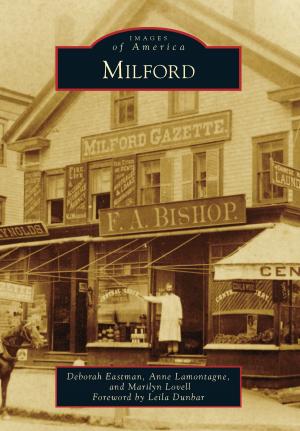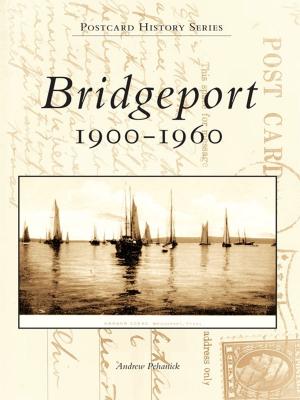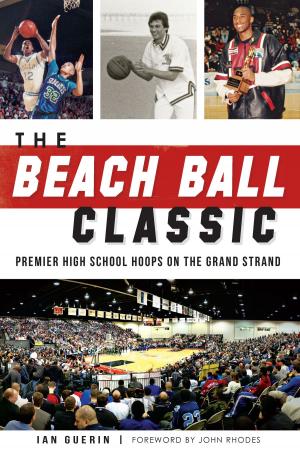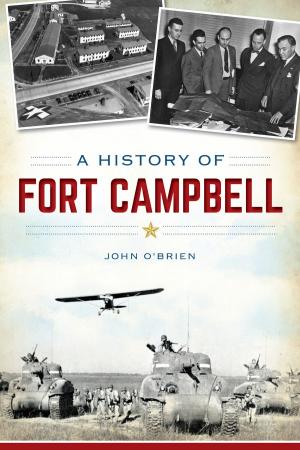Milwaukee's Brady Street Neighborhood
Nonfiction, Travel, Pictorials, Art & Architecture, Photography, History| Author: | Frank D. Alioto | ISBN: | 9781439635100 |
| Publisher: | Arcadia Publishing Inc. | Publication: | January 23, 2008 |
| Imprint: | Arcadia Publishing | Language: | English |
| Author: | Frank D. Alioto |
| ISBN: | 9781439635100 |
| Publisher: | Arcadia Publishing Inc. |
| Publication: | January 23, 2008 |
| Imprint: | Arcadia Publishing |
| Language: | English |
Milwaukee�s Brady Street neighborhood, bounded by the Milwaukee River, Lake Michigan, Ogdon Avenue, and Kane Place, is arguably the most densely-populated square mile in the state of Wisconsin. A mix of historic shops, single-family homes, apartments, and condos, Brady Street boasts of great diversity that draws from many distinct eras. It began in the mid-19th century as a crossroads between middle-class Yankees from the east and early German settlers. Polish and Italian immigrants soon followed, working the mills, tanneries, and breweries that lined the riverbank. After these groups had assimilated and many of their descendents moved to the suburbs, the hippies in the 1960s arrived with their counterculture to fill the void. By the 1980s, the area fell into blight, neglect, and decay; now, a true model for new urbanism, the Brady Street neighborhood is in the midst of a renaissance.
Milwaukee�s Brady Street neighborhood, bounded by the Milwaukee River, Lake Michigan, Ogdon Avenue, and Kane Place, is arguably the most densely-populated square mile in the state of Wisconsin. A mix of historic shops, single-family homes, apartments, and condos, Brady Street boasts of great diversity that draws from many distinct eras. It began in the mid-19th century as a crossroads between middle-class Yankees from the east and early German settlers. Polish and Italian immigrants soon followed, working the mills, tanneries, and breweries that lined the riverbank. After these groups had assimilated and many of their descendents moved to the suburbs, the hippies in the 1960s arrived with their counterculture to fill the void. By the 1980s, the area fell into blight, neglect, and decay; now, a true model for new urbanism, the Brady Street neighborhood is in the midst of a renaissance.
